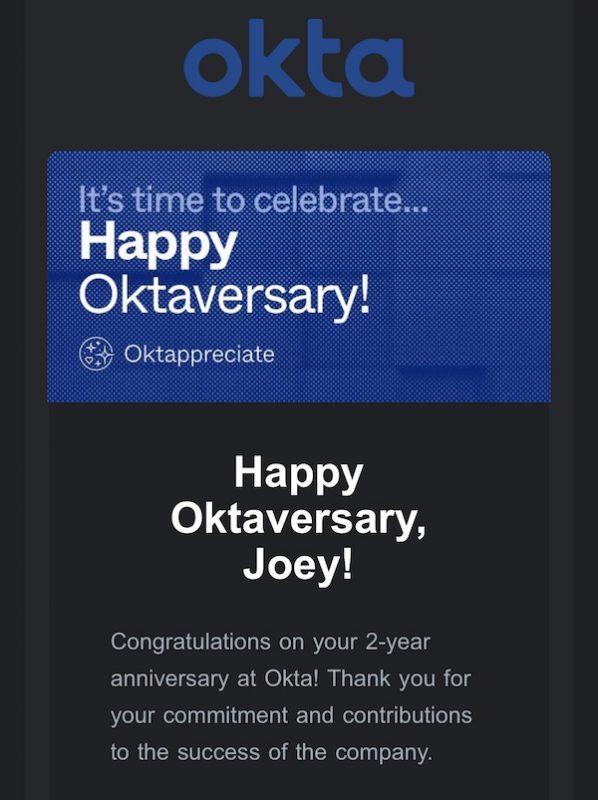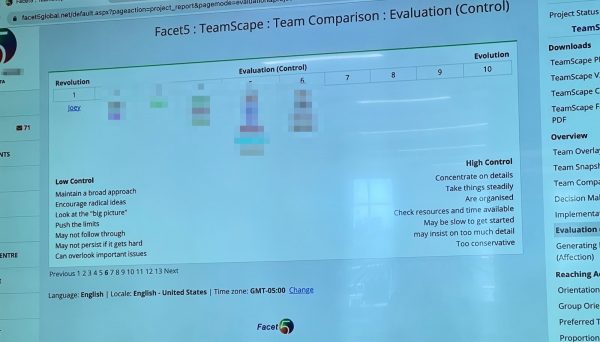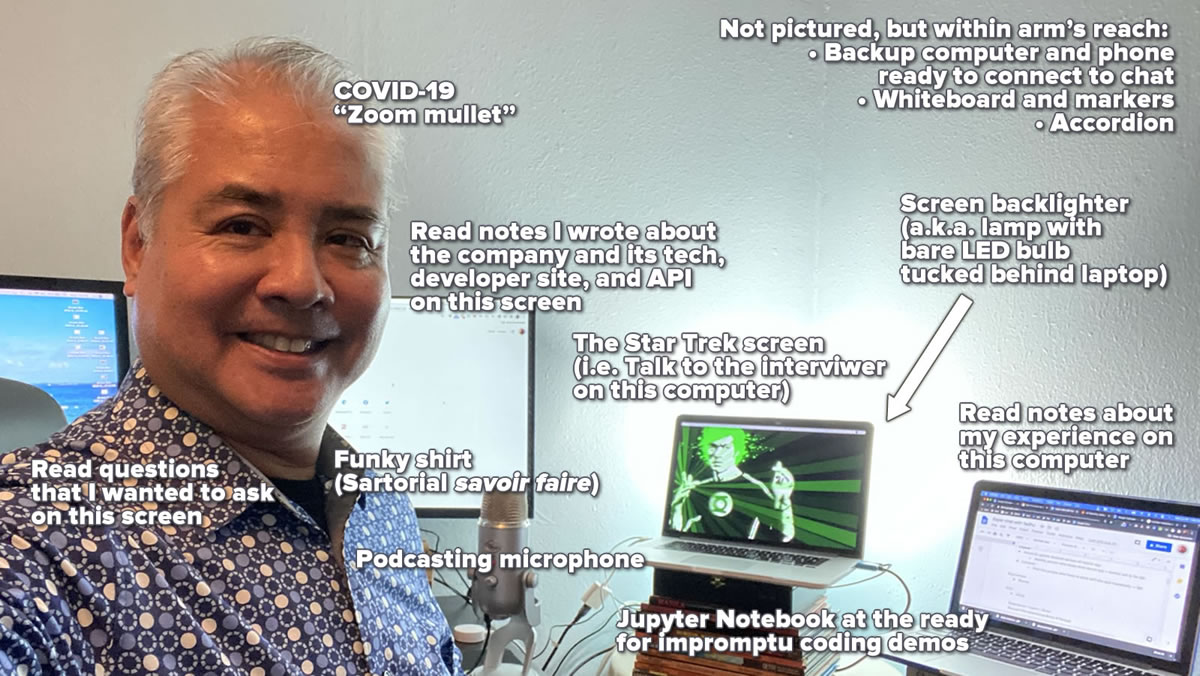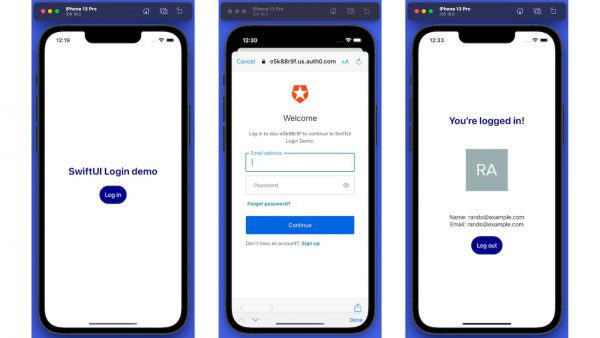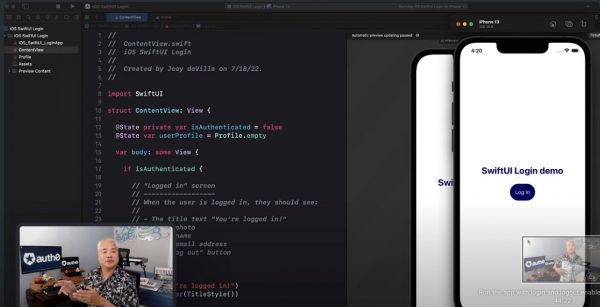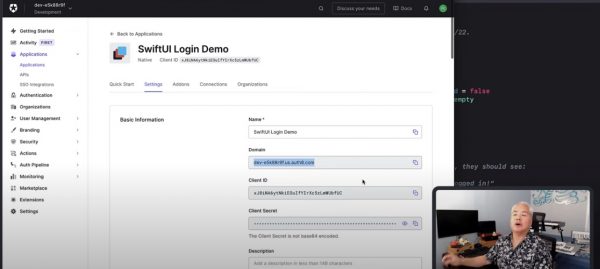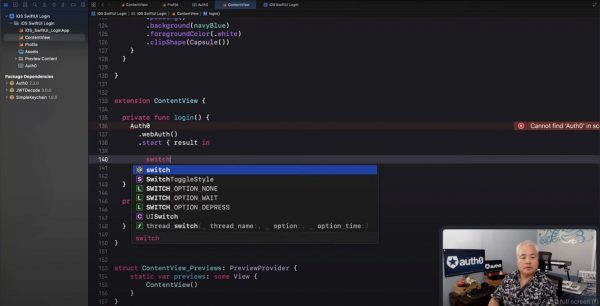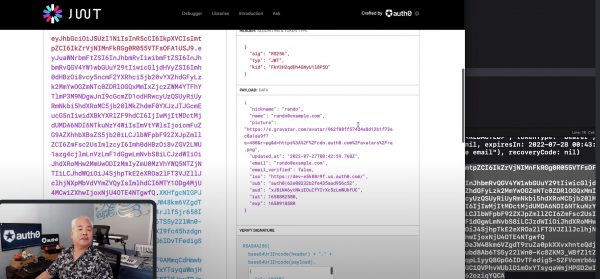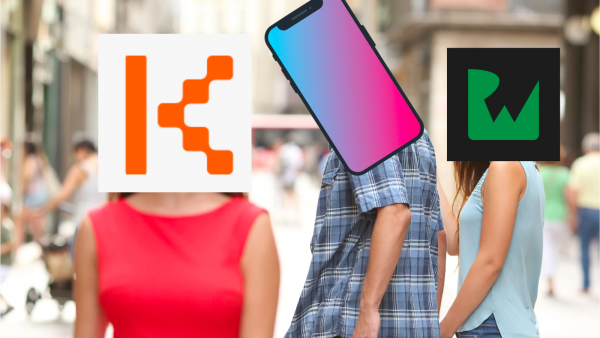
Kodeco (pronounced Koe-DECK-coe, or “code echo,” your choice) is the new name of RayWenderlich.com, the premier mobile development tutorial site!
Over the past decade, I’ve had the pleasure of not just learning mobile development at RayWenderlich.com, but also writing articles for them, doing presentations and workshops at their conference, recording a full video course, and even co-authoring a book!
I even introduced Anitra to them, and she’s now a tech editor there, which is why we’re both on the team photo collage:
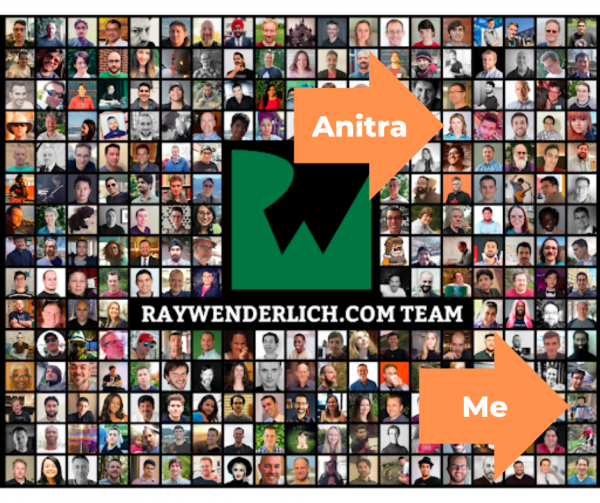
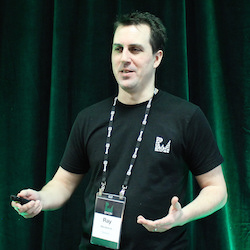
The name RayWenderlich.com made sense when it was just a blog that its namesake, Ray Wenderlich, started when he’d quit his job to become an indie mobile developer. At the time, he was simply blogging and sharing iOS development tips as part of his business. As I mentioned earlier, I learned iOS programming from the original edition of his first book, The iOS Apprentice, where you learn by building four applications.
The site kept growing and became that classic internet success story where the side business became the main business. The site grew to add Android development tutorials (around the time I joined the team), and since then has expanded to add Flutter, Unity, and other mobile development topics.
A decade and thousands of articles later, the name change makes sense. It’s no longer an indie mobile developer’s side project, but a full-fledged publishing company in the same spirit as O’Reilly and No Starch Press.
Congratulations, Kodeco, and I look forward to writing more mobile dev tutorials with you!
More about Kodeco

- Introducing Kodeco — the New raywenderlich.com (written by Chris Belanger, CMO)
- Why Rebrand? The Backstory of raywenderlich.com (written by Ray Wenderlich, Founder)
- 319 Days to Building a New Brand (written by Matt Derrick, CEO)
- Kodeco’s new social media accounts:
- Facebook: www.facebook.com/Kodeco
- Instagram: @KodecoDev
- Twitter: @KodecoDev
- LinkedIn: Kodeco and KodecoDev
- YouTube: KodecoDev






